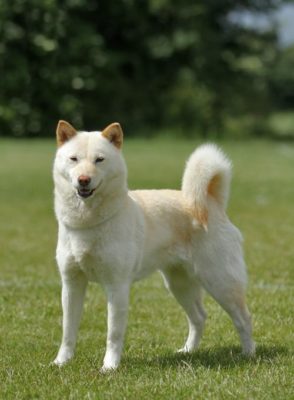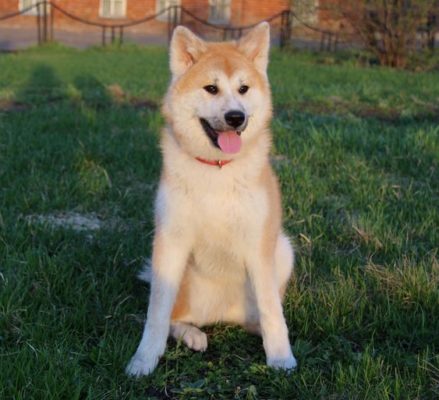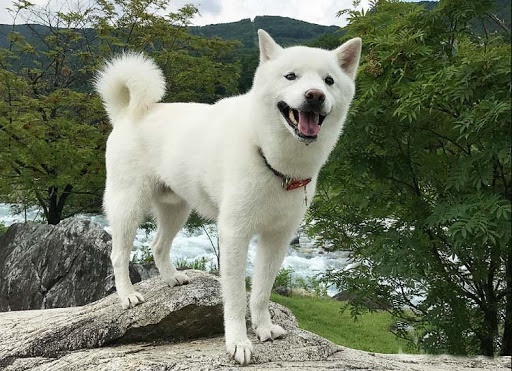Hokkaido
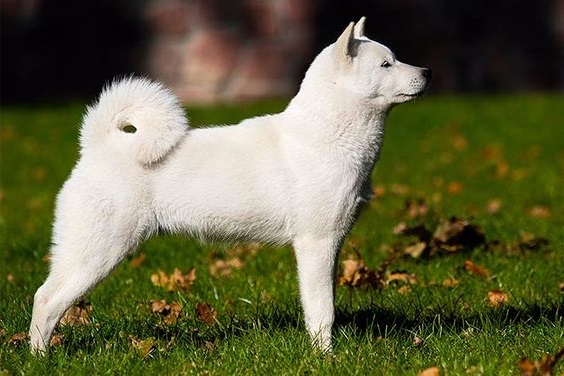
The Hokkaido is a breed of dog with a complicated personality that includes opposite qualities. They are intelligent, incredibly intelligent, affectionate, and at the same time perky and dangerous. For his master, Hokkaido will be a mountain and never hurt. Every dog needs love, care, and an excellent education approach; then, you just don’t get an uncontrollable and aggressive dog.
Table of Contents
Breed Information
| Another Name | Dō-ken, Ainu-ken, Seta, Ainu dog, Hokkaido-Ken |
| Origin | Japan |
| Height | Males 48.5-51.5 cm Females 45.5-48.5 cm |
| Weight | 20-30 kg |
| Fur | Double |
| Color | Sesame, tiger, red, black, black with red undertones, white |
| Lifespan | 10-15 years |
| FCI Classification | Spitz and primitive types |
| Group | Hunting dogs, guard dogs |
| Price | From $1300 |
Breed Photos
Origin History
Hokkaido is called one of the oldest and rarest dogs in Japan. The breed’s development and formation began as early as the Bronze Age (300 B.C.) and continued during the Kamakura period (1185-1333). It is known that at that time, dogs were bred by the Ainu, the original inhabitants of Japan, from which the second name of the breed “Ainu-Ken” appeared. This name is also considered official and correct. The name “Hokkaido” became firmly established only by 1937 when the breed became a natural monument and Japan’s national treasure. Since that status was enshrined for these dogs, it has been forbidden to take them out of the country.
At that time, the Ainu-Ken was an indispensable helper for shepherds, hunters, and even fishermen. A strong, hardy, and agile dog was a real danger to large beasts. Most often hunted bears, and during the spring spawning season, the Hokkaido helped to catch salmon. Hokkaido dogs often accompanied locals and migrants from Honshu Island to Hokkaido village. The Inu-ken became famous nationwide in 1902 when 199 soldiers died of frostbite in the mountains of Hakkodo during exercises. Their bodies were only found thanks to the Hokkaido dogs, who had a keen sense of smell and excellent adaptability to the harsh and frosty climate. In 1964 the breed was recognized by the International Canine Federation. It was attributed to the group of Spitz and primitive type breeds – the breed was formed under the influence of various factors, naturally and without human intervention.
They are brilliant and courageous dogs. During World War II, the Hokkaido were so trained fighters that they were used as informants to locate the enemies.
Appearance
The Hokkaido is a medium-sized dog with a muscular build and strong bones. The body is elongated, the ratio of height at the withers to body length is 10/11. Its appearance is similar to that of the Japanese Shiba-Inu, only the Hokkaido is somewhat larger. The skull is wide, and the forehead is slightly flattened. Cuneiform muzzle, cheekbones well defined. The ears are up, triangular, slightly angled forward, small in size. The neck and back are firm and muscular. The chest is well developed, and the abdomen is taut. The tail is thick; a high set can be twisted or sickle-shaped on the back. The coat is double: the wool is straight and stiff, but the undercoat is soft. The tailcoat is different; it is long and thick there, in contrast to the rest of the body.
Character
The Hokkaido is a breed of dog with a complicated personality that includes opposite qualities. They are intelligent, incredibly intelligent, affectionate, and at the same time perky and dangerous. For his master, Hokkaido will be a mountain and never hurt. Every dog needs love, care, and an excellent education approach; then, you just don’t get an uncontrollable and aggressive dog. Hokkaido dog has a developed hunting instinct, is balanced and confident, adapted to any climate.
With other animals, relations are difficult just because of his peculiar temperament. Children of any age will get along well, energetic games and family fun – just what the Hokkaido needs. It is better to keep a Hokkaido dog in your home because of its size and disposition.
Care
Hokkaido should be accustomed to all regular hygiene procedures from an early age. Due to the abundance of hair, it is recommended to comb the pet several times a week and daily during the molting period. Clean the ears as needed and keep an eye on the condition of the eyes.
Training
One interesting thing to remember about the Hokkaido is that it is a dog that will only obey its owner. Unfortunately, if you feel that you have too soft a character, this dog is not for you. In the case of Hokkaido, you need sternness, leadership qualities, and patience. Commands will be memorized well, will do absolutely anything you ask, but only if Hokkaido fully trusts you. Ainu-can is full of energy and needs frequent active walks with physical activity.
Common Diseases
Since its formation, the Hokkaido breed has gone through a lot and now has fairly strong immunity and resistance to hereditary pathologies. However, many diseases are characteristic of these dogs:
- hip and elbow dysplasia;
- cryptorchidism;
- collie eye anomaly;
- hypodontia;
- allergic reactions.
Nutrition
There are some problems with choosing a suitable diet for the Hokkaido because of their origin near the islands. Take the dog’s feeding very seriously because the breed is prone to allergic reactions (most meats cause allergies, and some porridges are poorly digested). Therefore, the diet should be balanced and chosen as correctly as possible.
Mostly fish, rice, and seafood. Don’t experiment with your pet’s health, so you don’t get your dog into a bad situation. Talk to an experienced breeder or veterinarian who can help with nutritional choices, so your pet doesn’t go hungry.
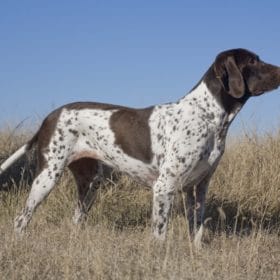 Old Danish Pointer
Old Danish Pointer Picardy Spaniel
Picardy Spaniel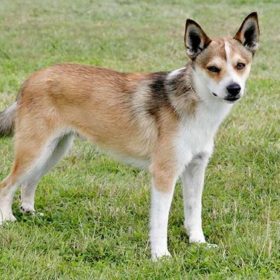 Norwegian Lundehund
Norwegian Lundehund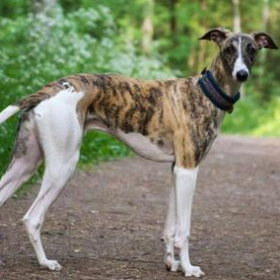 Greyhound
Greyhound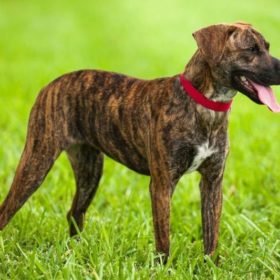 Treeing Tennessee Brindle
Treeing Tennessee Brindle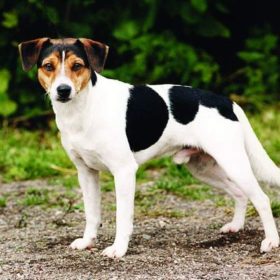 Danish-Swedish Farmdog
Danish-Swedish Farmdog